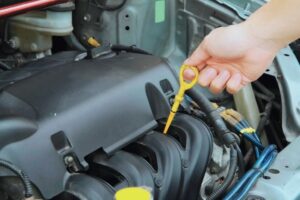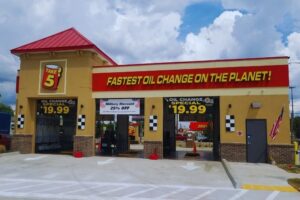Out of good intentions, GM engineers designed and developed the Displacement on Demand feature in some of their larger engines. Over time, however, these engines developed more problems than their worth. To solve this problem, they invented the DOD Delete feature. What is DOD Delete?
DOD Delete is the solution to the problems of the DOD system, which is a fuel management approach or technique for gasoline engines with significant displacements. It aims to improve fuel economy by reducing the number of cylinders burned when the engine load is light.
DOD is sometimes called AFM, which is short for Active Fuel Management. They are the same thing. This fuel management approach was invented and developed by General Motors. GM started using these engines in 2005 and continued production until they released direct-injected engines.
Read on to learn more about DOD delete, what it means, how it works, and what you can expect it to do on large displacement engines.
What Is DOD Delete?
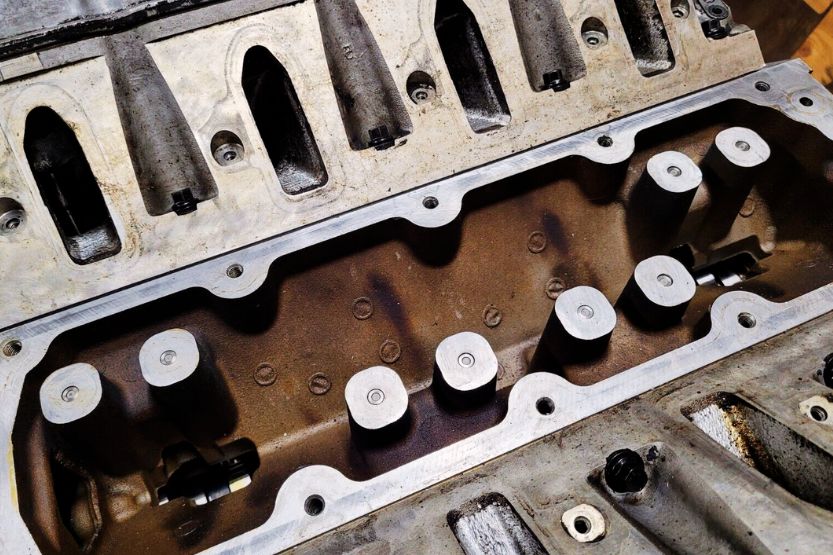
The DOD Delete or AFM is an approach or strategy to manage the fuel consumption of gasoline engines with large displacements.
Its purpose is to reduce the number of cylinders that burn fuel when the engine load is light. This system improves fuel economy.
It is a fuel-saving system created and developed by General Motors. They wanted to devise an engine system that deactivates some cylinders when the engine load is low. GM used these engines in their vehicles with sizes of 5.3 liters, 6.0 liters, and 6.2 liters.
They discontinued mass-producing these engines in 2005 when they released their direct-inject engines. DOD or AFM shuts off one-half of the cylinders during light load conditions so fuel consumption will be minimized.
Sadly, they encountered problems with the engines using DODs. There were issues such as wear, jerking of the engine during acceleration, and increased engine oil consumption. That’s why they developed the DOD Delete feature to arrest the issues.
The DOD or AFM System proved suitable for high mileage engines precisely because they reduced maintenance problems. However, this added system leads to higher emissions. So, they have to think of a way to counter this issue.
What Is the Purpose of a DOD Delete?
GM has to think of a way to resolve the problems resulting from using the DOD or AFM system. They have to reduce this system’s resulting higher emissions because of its continual use.
The DOD system was created to satisfy the government increasing its restrictive standards on fuel economy.
So, the car manufacturer started developing the DOD in 2005 and marketed it as an Active Fuel Management system in their Gen IV small-block LS engines. GM launched the DOD in 2007 and used it in the engines of their trucks and cars.
The DOD considerably made the engine management systems of GM vehicles more complex. They also adversely affected the vaunted durability of GM Engines.
However, it made the swapping of DOD engines entirely possible. Several aftermarket engine management systems can support the DOD.
Disabling all system elements is possible, but you need to modify the engine internally. Deleting the DOD system or using the DOD Delete seems to be the right way.
This requires removing the cylinder heads and installing a new camshaft, lifters, and engine valley cover. You may also be required to do more work than just replacing these parts.
How Does DOD Works?
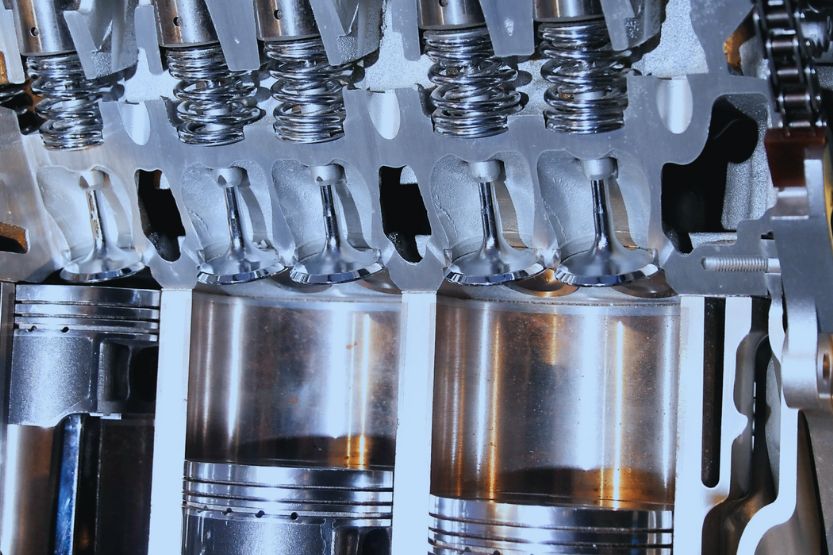
The DOD is a system that solves several engine issues. How it does its work is explained in detail below.
When there is a low demand for the engine, it would be good if you could reduce your fuel consumption to extend your fuel use and save money. This is the objective of the DOD system. It deactivates cylinders the first, fourth, sixth, and seventh cylinders.
The valve train of these cylinders has special lifters. When you activate the DOD system, the solenoids on the engine valley’s underside close off the pressurized oil through special passages to these lifters.
This action will cause the lifters to collapse and allow the lifter body to continue its up-and-down movement with the camshaft lobes while the plunger, which engages the pushrod, remains in its position.
As the pushrods are disengaged, the valves activating the DOD cylinders will also close. Then the Engine Control Module (ECM) or Electronic Control Unit (ECU) of your car shuts off the fuel injectors of these injectors simultaneously.
When the DOD system is turned off, it also closes the solenoids. Then the camshaft lifters move up, resuming the engine’s regular operation.
While this system has beneficial advantages to the engine and reduces fuel consumption, unfortunately, it can also cause some engine issues.
What Are the Common DOD System Issues?
Several issues can activate the DOD system. However, some problems develop once you start them. The DOD Delete was the answer to these problems. What are the issues of the DOD system?
1. Carbon Build Up
The biggest problem of the DOD System is that it is prone to carbon contamination. This is why this system increases the emission of carbon particles in the exhaust. The consequence is the emergence of emission issues.
2. Negative Effect on the Engine Oil
Another DOD issue is its effect on the engine oil. When you activate this system, the camshaft lifters only have the engine oil to lubricate them. This situation is hard for both the engine oil and the camshaft lifters.
As this situation happens every time you activate the DOD System, the quality of the engine oil becomes critically important. If you don’t change the engine oil regularly or use the wrong grade of oil, you will have serious engine issues.
3. Engine Failure
Engine failure is also possible if you often activate the DOD system of your engine. This is specifically true with engines of higher mileage. What you will experience, if this is your case, is valve train noise.
It is also possible for your engine to misfire, or even worse; your engine will suffer severe internal issues. So, while DOD or AFM Systems can increase your fuel mileage from five to seven percent, its disadvantages offset its advantages.
Again, what is DOD delete? Displacement on Demand or DOD Delete is the fuel management for large displacement gasoline engines. It helps to improve fuel economy by decreasing the number of cylinders burning fuel during light engine load.
What Happens When You Disable AFM?
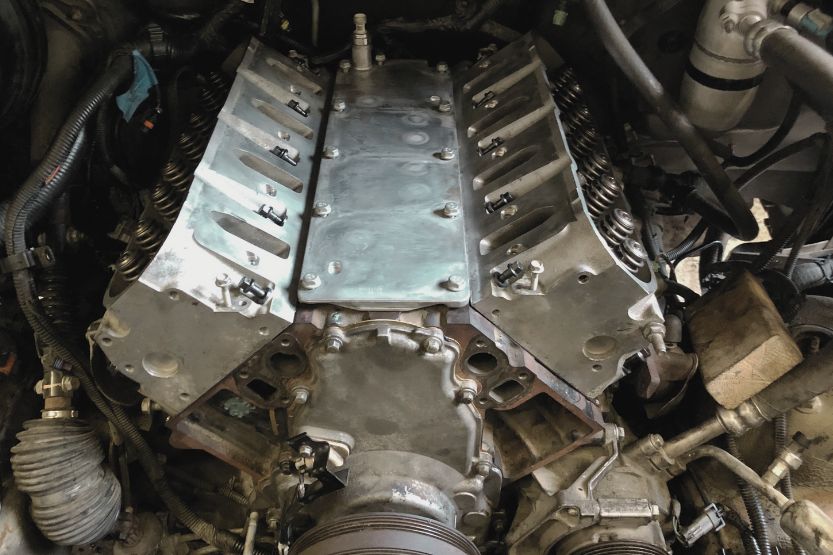
So, the engineers at GM responsible for the DOD system designed and developed the DOD Delete feature to correct its unwanted results. This feature is now accepted in the industry since it arrests the long-term problems that originated from the continuous use of the system.
They designed the DOD Delete kit. However, it requires quite a bit of internal engine work to complete. The work includes installing new lifters, pushrods, valve springs, and spark plugs.
The procedure is typically the same for all the Gen 4 LS engines. There could be more steps you have to take if your engine is using variable valve timing.
To repeat, there are several reasons why they have to develop the DOD Delete feature. They include the following:
- Some drivers want to use their engines’ full power at all times.
- Many car drivers find that the sound of their four-cylinder engines while the DOD systems are active is very annoying, mainly if they use a louder aftermarket exhaust.
- AFM or DOD Systems have a reputation for increasing engine oil consumption.
- The DOD or AFM system has a history of failure.
If your car has this system as part of its standard equipment, you should modify your engine’s valve lifter oil manifold (VLOM).
This way, the VLOM will not trigger the AFM or DOD System. As mentioned before, this will entail more work to complete the process. The VLOM uses four solenoids at the top of the engine block and under the intake manifold.
It directs pressurized oil flow to the exhaust valve lifters and the DOD System. When this system is deactivated, pressurized oil flows to the DOD lifters. As a result, you will have a smoother ride once you activate this system.
What Are the Pros and Cons of the DOD Delete?
While you can solve the usual issues of the DOD System by using the DOD Delete, you should understand that it has advantages and disadvantages:
Pros
- You can solve the engine problems brought about by using the DOD System.
- You can avoid spending money on repairing problems due to using this system.
- The DOD Delete will eliminate the noise from using this system, especially at low-power modes.
- If you have a V8 engine, using a DOD Delete kit will help you to utilize all its power at full strength.
- The DOD Delete kit can reduce the wear and tear of high-mileage vehicles
Cons
- Your fuel consumption will return to normal using the DOD Delete kit. This means the fuel cost savings you enjoyed with the DOD Delete kit will be gone.
- The emissions of your vehicle will grow worse
- Your engine will be hotter as you drive your car
- This will lead to more carbon buildup on the lifters and the cylinder walls, possibly leading to engine knocks.
- Your engine will work harder because all its cylinders are used in combustion.
In Closing
DOD, or Displacement on Demand, is a fuel management approach designed for gasoline engines with big displacements. Its objective is to reduce the number of cylinders that burn fuel when the engine carries a light load.
It is sometimes called AFM or Active Fuel Management, but they are the same. GM developed this system. However, they encountered problems with these engines when they were used continuously. GM devised the DOD Delete as a solution in response to the issues.


